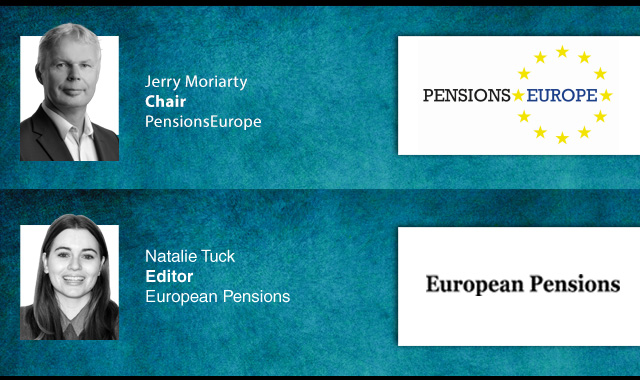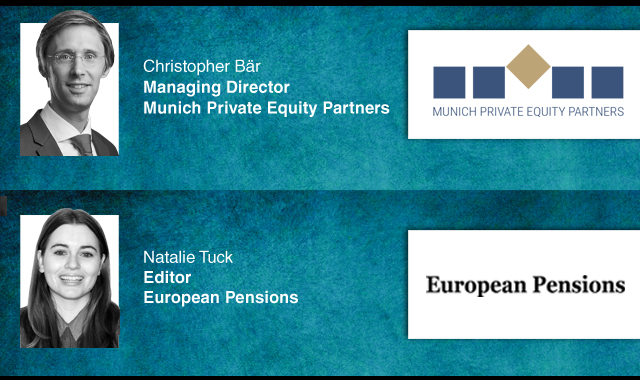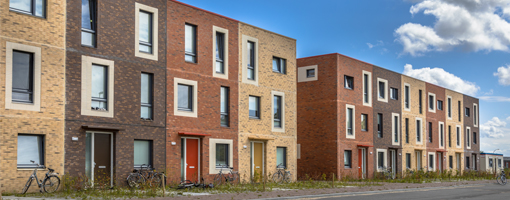The average Dutch coverage ratio increased to 109 per cent from 108 per cent in April, according to Aon’s latest analysis.
Its Pension Thermometer found also revealed that policy funding ratio has increased to 98 per cent. This funding ratio is above the adjusted temporary statutory minimum requirement of 90 per cent.
Aon believes that the increases over the past three months mean that most pension funds are “out of harm’s way” and will not be below 90 per cent now. Of the big funds at the end of March, ABP had a current coverage ratio of 100.5 per cent, Healthcare and Welfare at 97.9 per cent, and PMT and PME recorded 98.8 per cent and 101.7 per cent respectively. BPF Bouw, on the other hand, is in good shape with a funding ratio of 117.3 per cent.
Interest rates rose slightly in April on a global expectation of rising inflation figures, following in the footsteps of the US. On balance, the risk-free interest rate over the first 40 years rose by an average of 7 basis points in one month.
However, the Ultimate Forward Rate (UFR), with which pension funds calculate the value of their future liabilities, decreased due to the phased transition to the new system. Due to the interest rate rise, the value of the liabilities decreased by approximately 1.4 per cent.
After a strong first quarter for equities, Aon said the upward trend of the stock markets continued especially in the first half of the month. There was positive sentiment in the markets due to an improved economic outlook, the progress of the vaccination programmes and good operating results in the first quarter.
Despite this, stock markets could not be set at much higher prices because of the already high expectations. In addition, the announcement of President Biden's new investment plan for the US economy revived inflation expectations, increasing market volatility.
In the financial markets, global equities rose by 2.6 per cent; developed market equities were up about 3 per cent and emerging markets did not move. Chinese stocks fell due to rising producer prices. Within the fixed-income portfolio, credit risks declined, which was positive for high yield and emerging markets debt.
The interest rate hike had a stronger negative effect on long-term government bonds and interest rate swaps, causing the fixed-income portfolio to decline by 1.3 per cent. The total portfolio achieved very little return this month, the return on equities was almost completely cancelled out by the rising interest rates.
Latest News
-
EIOPA stress test flags margin-call liquidity risks for European pension funds
-
European insurtech firm Lumera acquires Acuity for undisclosed amount
-
UK dashboards rollout set to expose pensions admin weak spots
-
Germany’s BVK flags up to €690m additional loss risk, takes ‘comprehensive action’ on US real estate
-
Germany's Ver Di 'extremely sceptical' over Pension Commission's mandate
-
Dutch investors double exposure to tech in five years; DNB warns of 'abrupt correction'
Podcast: Stepping up to the challenge

In the latest European Pensions podcast, Natalie Tuck talks to PensionsEurope chair, Jerry Moriarty, about his new role and the European pension policy agenda
Podcast: The benefits of private equity in pension fund portfolios

The outbreak of the Covid-19 pandemic, in which stock markets have seen increased volatility, combined with global low interest rates has led to alternative asset classes rising in popularity. Private equity is one of the top runners in this category, and for good reason.
In this podcast, Munich Private Equity Partners Managing Director, Christopher Bär, chats to European Pensions Editor, Natalie Tuck, about the benefits private equity investments can bring to pension fund portfolios and the best approach to take.
In this podcast, Munich Private Equity Partners Managing Director, Christopher Bär, chats to European Pensions Editor, Natalie Tuck, about the benefits private equity investments can bring to pension fund portfolios and the best approach to take.
Mitigating risk
BNP Paribas Asset Management’s head of pension solutions, Julien Halfon, discusses equity hedging with Laura Blows
© 2019 Perspective Publishing Privacy & Cookies







Recent Stories